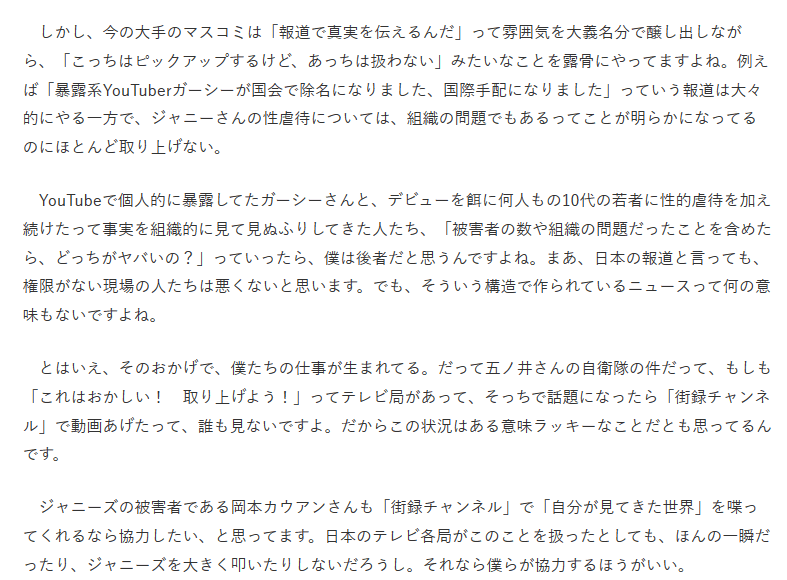Cormoran fishing from Whale Shark
You might think there’s no safer place underwater than snugged to the side of the largest fish on Earth. But you would be wrong.
Divers watched in awe as a particularly persistent bird called a cormorant dove below the waves and ripped off suckerfish that were stuck to a whale shark. The video was shot in 2011 by the Manta Scuba Diving company but recently resurfaced on Facebook.
“I’ve been working on whale sharks for 25 years, and I’ve never seen that before,” says Brad Norman, a National Geographic Explorer and one of the world’s foremost experts on whale sharks.
“And I’ve been swimming with whale sharks thousands of times. Literally thousands of times.”
Remoras, or suckerfish, make a living by following larger animals around and eating their scraps. Some even appear to subsist on dung. In fact, these fish have been hitchhiking on sharks, whales, turtles, and manatee relatives called dugongs for so long that they’ve evolved strong suction cups on their foreheads in place of dorsal fins.
And yet, no one had ever seen a cormorant snatch a suckerfish off a whale shark.
Friend Or Foe?
In the wild, everything gets eaten by something eventually. And animals will often make use of novel food sources when opportunity knocks.
Cormorants, for instance, boast hooked beaks and large, webbed feet which allow them to dive below the surface and snipe fish. Some of these birds have even been seen plunging as deep as a 13-story building is tall.
(Watch a ‘superbird’ cormorant make an amazing 150-foot dive to catch a fish.)
But the cormorant video raises an interesting question: Would getting rid of a hanger-on such as a suckerfish be beneficial to the whale shark?
Mark Meekan, a research scientist with the Australian Institute of Marine Science, says he and his colleagues have been working to quantify the amount of drag a remora adds to its host as it moves through the water, much as the shape of a car affects its aerodynamics.




























